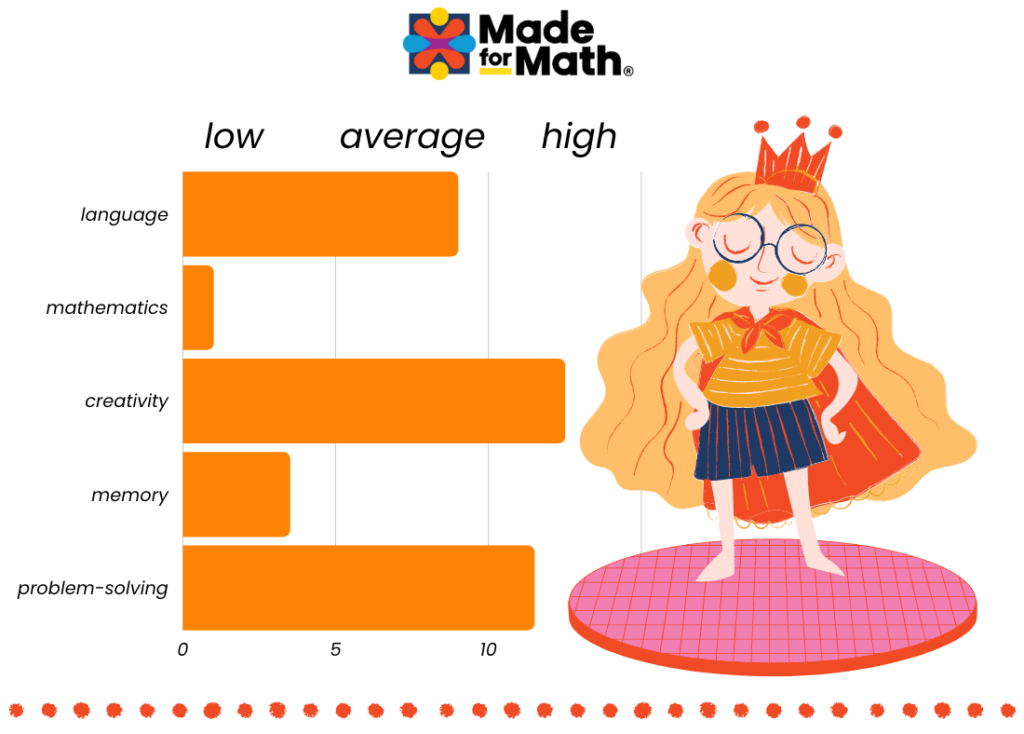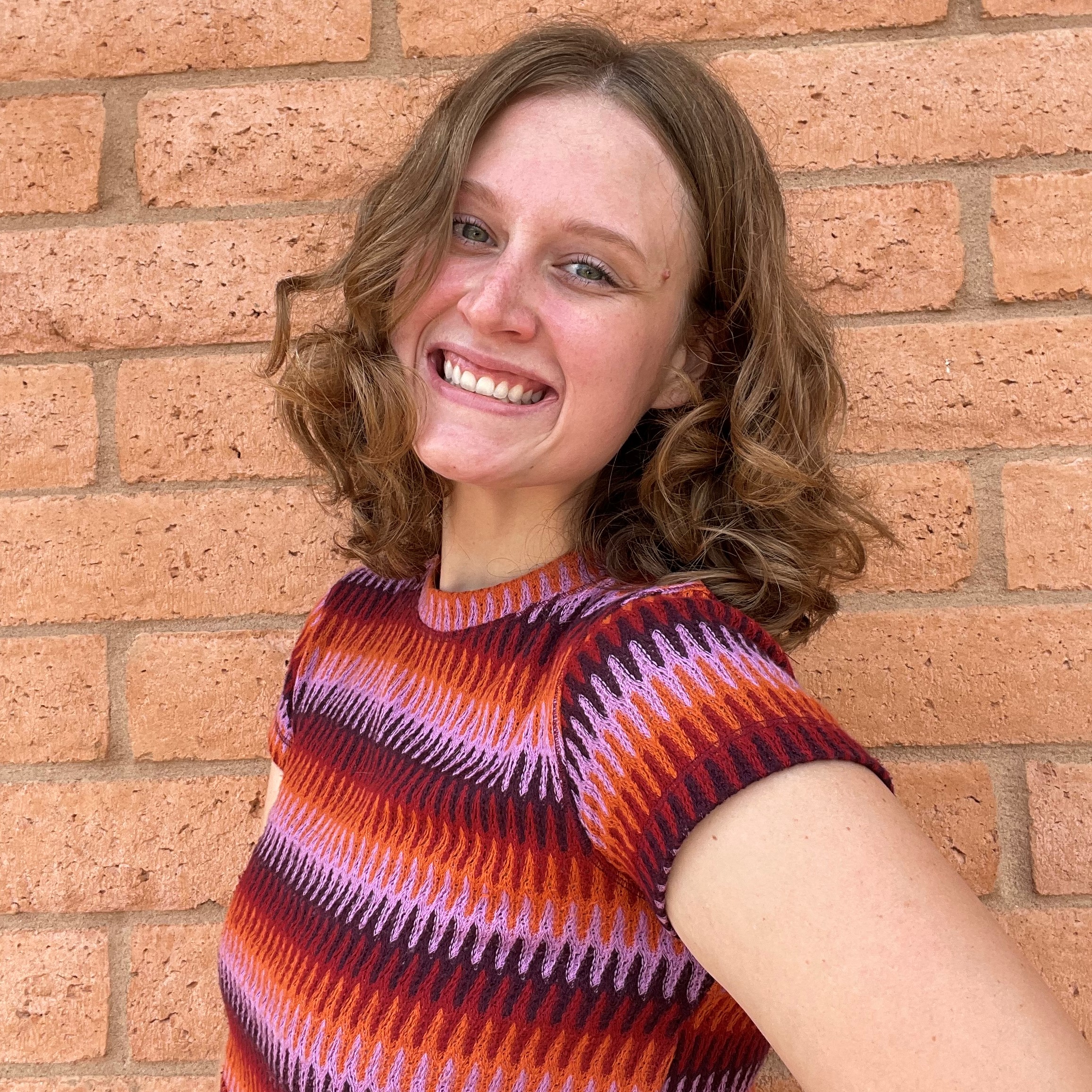Dyscalculia in Children: A Parent’s Eye-Opening Journey with Dyscalculia
For some children, the idea of doing a timed multiplication table turns their stomachs into knots and they can’t imagine a worse way to spend their afternoon. What comes so easily for some, and is often seen as a game, is torturing for someone with a math learning disability like dyscalculia.
What does dyscalculia in children look like?
Dyscalculia is a brain-wiring difference that can look like not being able to tell your left from your right, difficulty telling time on an analog clock, not being able to read a map and numerous math difficulties that make it harder to live in our numeric world.
As a parent, it’s unbearable to see your child hurt and feel like they aren’t good enough. When your child is struggling with math and their teachers don’t know what to do–where do you go?
Meet Laura Jackson, she is the author of the book Discovering Dyscalculia where she talks in-depth about the process of getting her daughter a dyscalculia diagnosis and the transition into a different way of learning.
Tune in below to our interview with Laura and our CEO Adrianne.
Could it be a Math Learning Disability?
Like many other parents, Laura sat with her daughter trying to help her understand multiplication tables. She wasn’t able to get far past the 1’s times tables and flashcards weren’t getting her anywhere but to tears. The frustrations were running high and it seemed like all of the other children had no problem advancing or recalling math facts.
When an afterschool math program wasn’t helping the problem, one of Laura’s friends mentioned something about a math learning disability.
Seeking Help for Dyscalculia in Children: Get a Diagnosis
Laura was fairly certain that her daughter had dyscalculia but was lost on what to do about it; as there were few articles online and even fewer books available about this learning disability. Why were there so few books about dyscalculia in children? She went to the school for help but found that they knew very little about this type of brain-wiring difference and was advised to “wait and see” till next year. They wouldn’t confirm her suspicions of a math learning disability and Laura thought this was odd.
She was obviously disappointed in the school system and figured that they should’ve been the first people to realize that there was a possibility of a learning disability. Laura later concluded that the school “…did not want the responsibility that could come with recommending an evaluation.” (Discovering Dyscalculia, p. 18) The school district is required by law (IDEA Act), to provide an evaluation and possible individualized education plan (IEP) if a teacher suggests a student might have a learning disability.
Unsurprisingly, Laura found the most help from other parents who had children with learning disabilities. She learned from one parent about the IDEA Act and from another that she should submit a request for a “comprehensive” evaluation from the school. Other parents suggested that Laura should pursue an outside evaluation from an educational psychologist who was not associated with the school.
After jumping through several obstacles, Laura was able to secure an IEP at the school level while her family waited for an appointment with the out-of-school educational psychologist. This took nine months, and meanwhile, her daughter’s math education didn’t seem to be improving with the extra help she was receiving. This was because no one at the school level knew much about dyscalculia and her daughter’s special education teacher revealed to them that she had just learned about this learning disability through Laura.
Light at the End of the Tunnel
A positive change that Laura saw at this point was that her daughter finally had the language she needed to express her math struggles. She developed “...an ability to advocate for herself in the classroom when she needed help.” (p. 25) Having the diagnosis led her to gain self-awareness about her brain wiring and she says, “The creative-imaginative-artistic side of my brain is so huge it pushed out all the math part of my brain.” (p.25) This awareness helped her understand her struggles and strengths.
Dyscalculia Evaluation Process
After waiting nine months for an appointment with a reputable educational psychologist, it was finally time for Laura and her family to get some answers. The first appointment was a diagnostic interview after which Laura’s daughter began the first of three appointments for testing.
Laura prepped for this meeting by making numerous calls back and forth between her insurance and the psychologist’s bookkeeper to figure out exactly what would be covered under insurance and what they would personally be responsible for. This gave her a much better picture of how much the evaluation would cost and if her family would be able to come up with the money within the next nine months. With all of her research, she found that the cost would be $4,000 cheaper than she originally thought.
After the evaluation process, Laura and her family were given a comprehensive report with data and an interpretation of that data all about her daughter’s specific learning strengths and weaknesses. It was after this evaluation that they discovered that their daughter was 2e or twice exceptional.
Discovery of 2e (Twice-Exceptional)
This is a term used to describe students who “…are identified as gifted…but perform lower than average in one or more areas because of a learning disability or neurodevelopmental difference.” (p. 29) Laura’s daughter’s critical reading skills often helped her to solve math problems–although she would go about them in an unconventional way as a result of her below-average ability to do basic math.
Since she excelled in areas like reading and writing, her difficulties in math were viewed as not as serious. Her test scores evened out as her high competency in language arts was brought down by her low scores in math. She was viewed as average instead of incredibly brilliant in one area and need extra help in another.

Average is a myth! Two children could have the same score but have entirely different needs.
The educational psychologist pointed out that Laura and her family would need an education plan that not only helped their daughter with her low math scores but acknowledged her giftedness in other areas and challenged them.
Laura says that this comprehensive exam was worth every penny because it gave them a complete picture of their daughter and helped them avoid possible paths that would’ve ended in failure because it just wasn’t the right fit.
Having the evaluation also helps at the school level because you have a record of exactly how your child scores in certain areas and this makes it easier to advocate for them.
Parent Script for Dyscalculia Diagnosis Process
Many parents feel overwhelmed about what to say and how to get started with the diagnosis process. We created this document to help you navigate this a little better. Make a copy for yourself here.
School Struggles Continue…Now What?
After getting the full diagnosis Laura assumed the school would have the proper resources to help her daughter–as her learning abilities were clearly laid out. However, she was met with more resistance and incompetent special education programs.
Laura decided to take matters into her own hands. She registered her daughter for dual enrollment and guaranteed her education by teaching her math lessons at home. She researched the best ways to teach a dyscalculic child–while also giving her daughter the freedom and sociability to do her other classes at school.
Did you know that Made for Math can do this for your child?
We have similar situations set up with several students enrolled in our intervention. Students will stay home and do online math with us in the mornings and then go to a brick-and-mortar school in the afternoon and have the opportunity to learn other subjects.
Laura says, “Homeschool just means you have taken charge of how that learning is going to take place.” You can individualize your child’s education in whatever way you see fit, whether that be through a tutor or a private school. It depends on what works for you and your child.
Laura later decided that she wanted to help other parents who were struggling to give their child that learns differently the help that they deserve. She wrote Discovering Dyscalculia as a guide for parents and even teachers who needed more information about this learning disability. She details her own process of getting her daughter the help that she needs and specific information about the difficulties she faced in her journey.
There is light at the end of this tunnel and in the process of getting there, you might realize that we should’ve thrown our timed multiplication tables out the window a long time ago. Remember, dyscalculia in children is a brain-wiring difference…not a deficit. You’ve got this!
Take your child’s learning into your own hands and listen to what their words aren’t saying to you.
🎲 Would Multisensory Work for Your Child? 🎲
Our team created a quiz to help you decide if multisensory math would help your child! In 5-minutes or less, you’ll have clarity if this approach would work for your child.
MFM Authors

Jennie Miller
Marketing Assistant
is our Marketing Assistant and content creator here at Made for Math. Jennie loves being part of a company that is working to make mathematics accessible to children with dyscalculia.




